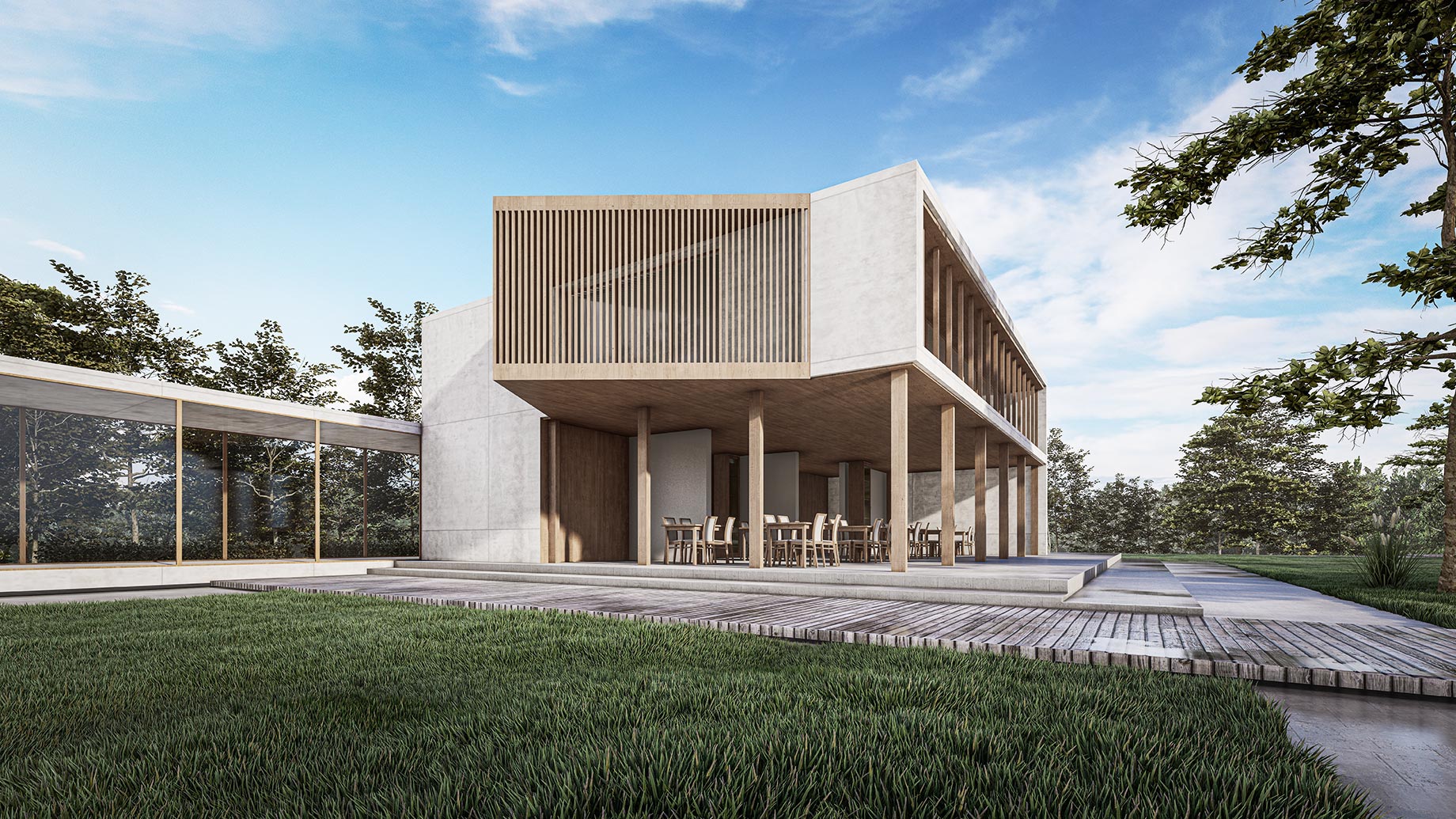
The common perception of flat roofs has long been that of a bygone feature limited to mid-century architecture and utilitarian buildings. Once perceived as nondescript and uninspired, the flat roof is experiencing a remarkable resurgence, reimagined for the 21st century. As global warming and urban expansion project shade over traditional roofing methods, the demand for adaptable and forward-thinking solutions has thrust flat roofs into the spotlight.
The Rise of Flat Roofs
The ascendancy of flat roofs can be attributed primarily to practical and environmental benefits. As cities become more densely populated, the rooftops of buildings emerge as untapped oases that can serve multiple functions. Unlike pitched roofs, flat roofs allow for usable space above, inducing functionality that goes beyond mere shelter from the elements. They provide a platform for solar panels, gardens, and informal social spaces — stimulating urban ecosystems in intriguing ways.
For those looking to embrace this trend, explore flat roof installation from the best roofers at KY-KO Roofing in Phoenix. They offer a pathway to bringing newfound utility and style into urban and suburban environments alike. Emphasizing simplicity and adaptability, these systems cater to a variety of needs, making them an attractive option for the savvy modern homeowner.
Furthermore, the architectural restraint inherent in flat roof design aligns with the minimalistic aesthetic favored by many of today’s designers. This simplicity, however, belies an underlying sophistication that requires thoughtful planning and execution to ensure drainage efficiency and thermal insulation. The flat roof serves as the canvas upon which sustainable, living designs full of potential are crafted.
As urban landscapes evolve, the concept of multifunctional spaces has become increasingly significant. Flat roofs respond adeptly to this need by offering pragmatic yet artful solutions. These spaces are canvases where biodiversity thrives, providing residents with green areas that inspire calm and offer respite from the city’s frenetic pace. Communities benefit from renewed connections with nature, reinforcing the city’s identity as a sustainable habitat.
This transformation goes beyond aesthetic values. Flat roofs extend the urban footprint vertically without altering the density horizontally, challenging the conventional notion of space usage. With access to natural light and fresh air, underutilized roofs transform into community hubs, fostering social interactions that enhance quality of life. This approach champions inclusivity and invites different generations to share enriching experiences from atop the urban jungle.
Technological Factors
Technological advancements have fueled the renaissance of flat roofs. High-performance materials and innovative construction methods have addressed flat roofs’ vulnerability to water leakages and weather stresses. Flat roofs are now better suited to resist substantial rain, snow, and intense heat, a feature that undoubtedly improves a building’s longevity.
The use of modern drainage techniques and breathable membranes ensures water escapes neatly, countering water saturation that historically hampered flat roof adoption in rainy climates. Consequently, the weight of evidence offers compelling reasons to opt for what was once dismissed as merely flat decorum.
Environmental Integration
Arguably, one of the most appealing aspects of the flat roof resurgence is its relationship with the environment. Roofs designed with green priorities offer tangible benefits by absorbing rainwater, providing insulation, and reducing the urban heat island effect. They convert water retention into a boon amidst worrying weather tendencies, pushing cities towards sustainability challenges.
Moreover, green flat roofs enhance biodiversity by encouraging micro-habitats for local wildlife, thereby integrating urban infrastructure with natural environments, which we cannot afford to ignore any longer. Favorable tax incentives and regulatory support also spearhead their comeback, encouraging both developers and homeowners to make ecologically sound choices.
By incorporating green technologies, flat roofs act as natural air filters, releasing oxygen while capturing pollutants. This transformative capability fosters cleaner air across urban settings, positively impacting city dwellers’ health and well-being. Realizing the potential of each square meter above our heads denotes a shift toward regenerative urbanism, where human activity and the environment harmoniously coexist within a resilient framework.
Financial Prudence
Flat roofs offer significant financial savings. Construction costs are generally lower than those for pitched roofs. Utilization of flat, sectional building components helps cut down on construction time and materials. Moreover, flat roofs’ versatility could, paradoxically, lead to savings on utility bills as they provide opportunities for improved energy conservation through solar panel installations.
Importantly, the versatility of flat roofs means that additional value can be capitalized on through renting roof space or adding desirable rooftop amenities for urban dwellers. In cities where real estate is at a premium, flat roofs present enticing propositions for forward-thinking investors.
Conclusion
Flat roofing is no longer the reservoir of unambitious architecture; it now symbolizes progressive urban planning, eco-friendliness, and cost-effectiveness. What seemed like a perfunctory choice in the past is now asserting itself as a dynamic architectural facet, offering chic adaptability.
The flat roof renaissance has usurped common adages — once again underpinning the axiom that change is inevitable, innovation essential, and space ever precious amidst the urban sprawl. What remains certain is that once-conventional rooftops now hold the promise of tomorrow’s skyline.